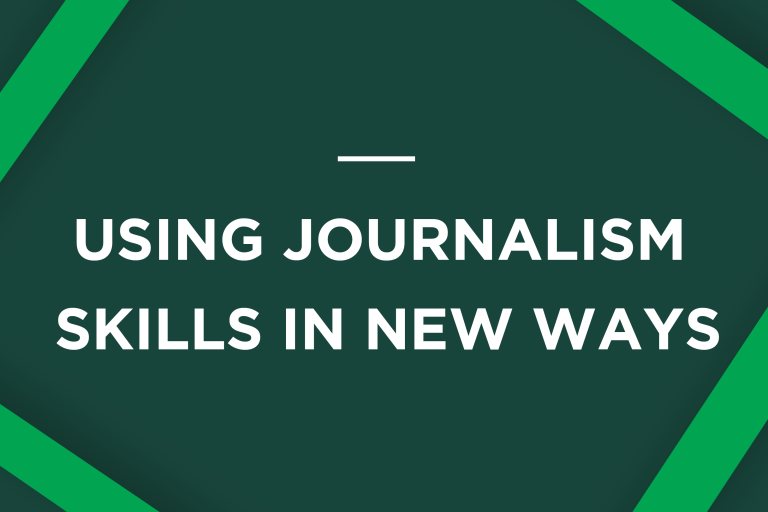Kurt Williams, former professor and pathologist in MSU’s College of Veterinary Medicine, was recently appointed as lab director at the Oregon Veterinary Diagnostic Laboratory (OVDL). Williams is a Doctor of Veterinary Medicine with a doctorate in comparative pathology and taught at the MSU College of Veterinary Medicine for 20 years.
This summer, he is graduating with a Master of Arts in Journalism with a concentration in Environmental, Science and Health Journalism. His passion for communication inspired him to pursue a study that promotes science literacy when it comes to understanding diseases.
“Effective science communication, for us at the Oregon Veterinary Diagnostic Laboratory, will be anchored in facts, conveyed in a way that succinctly communicates our findings,” said Williams.
Oregon officials highlighted this interest in an article announcing Williams’ new position. “Williams will prioritize effective science communication with the public, sharing findings and stories that demonstrate the importance of veterinary diagnostic laboratories in maintaining public health and safety for animals, people and the environment,” said Molly Rosbach, writer for the Oregon State University Newsroom.
The Knight Center
For those who are passionate about environmental journalism — like Williams — the Knight Center at MSU is the perfect program to help transform that passion into a career. Founded in 1994 as a part of the School of Journalism, the Knight Center focuses on how to better report on complex regional, national and global environmental issues. The goal of an environmental journalist is to help others understand these issues in a more concise way, while maintaining an objective perspective. The program teaches undergraduate and graduate students, professional journalists and scientists how to better explain the environment and science. They learn from environmental and journalism experts and gain experience reporting for professional publications and broadcast outlets.
David Poulson, senior associate director of the Knight Center, said there is a value in teaching journalism skills to non-journalists like Williams.
“Young aspiring researchers in particular recognize a need to connect their science directly with the public,” said Poulson. “While they recognize the importance of publication in science journals, they also see the value of directly alerting the public to the nature of their discoveries.”
Applying journalism skills to new role
Williams evidently shares that same value. He took on being a journalism student while still on the faculty of MSU’s College of Veterinary Medicine and before taking his new position at OVDL. As he begins his new role as a director in Oregon, he is finishing the Knight Center program and is expected to graduate at the end of the summer.
As director, Williams plans to focus on how the environment plays a role in affecting the health of humans and animals. He utilizes the idea of “One Health” — in which the health of humans, other animals and the environment are all interconnected. “That is where my interest and training in environmental journalism from MSU will come in handy,” said Williams.
Williams notes how surrounding environments in coincidence with human activity are always at risk of creating potential vulnerabilities that can contribute to the rise of new diseases in the future. “The Oregon Veterinary Diagnostic Laboratory needs to be ready to tackle them when they arise, and to convey this to the public through great communication,” said Williams. From there, Williams hopes people will take this information and choose to get behind the solutions to such issues that affect the health of people, animals and the environment.
The value of science in journalism
Poulson sees a growing interest among non-journalists interested in learning the skills of journalism. “Organizations that fund research appreciate the impact that science communication can bring to it,” he said. “They want to see a practical plan for disseminating that knowledge. Researchers who master the tools of public engagement and communication are well-suited to developing such plans.”
Getting science students into journalism classes also benefits journalism students. When the pandemic broke out, Poulson asked Williams, an expert in animal diseases, to explain to the class how COVID-19 spreads.
“It was a great opportunity to expose the entire class to timely science expertise and then to discuss how best to communicate it to the public,” said Poulson.
With Williams’ work as a pathologist combined with his journalism skills, he contributes a unique perspective on the issues people face. “As a pathologist — and now journalist — I really appreciate how each case we deal with is a story in-and-of-itself. This gives us an enormous opportunity to contribute to the discussion about issues that have been brought to the fore with COVID-19.”
By Casey Halas
